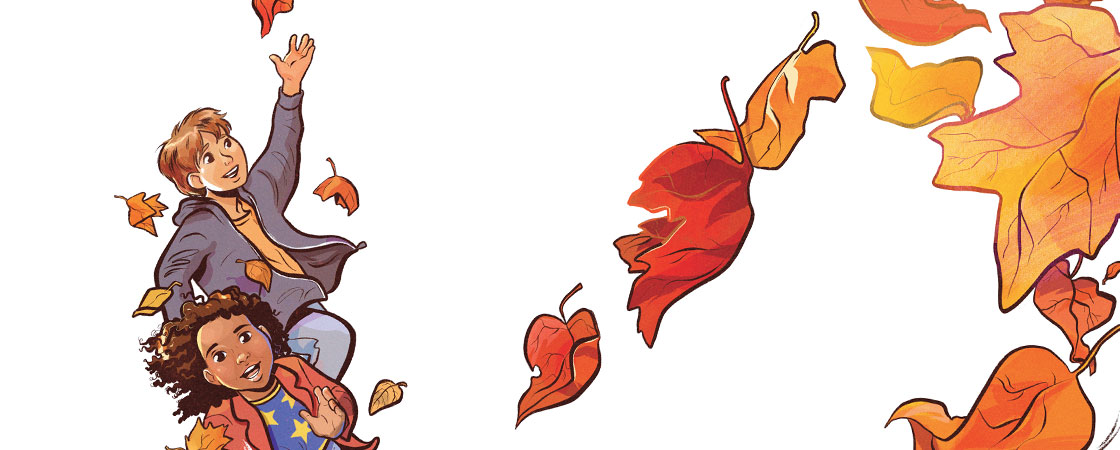I loved the leaves
That dropped from the trees
And danced in the breeze
In Autumn.
The vibrant reds
That fell on my head
Or the lawn where I tread
And trot on ‘em.
And all around
Shades of yellow and brown
Flit-flew to the ground
As I caught ‘em!
A special thank-you
To the trees that grew
The wind that blew
My hands that threw
And my heart that knew ‘em
In Autumn.

